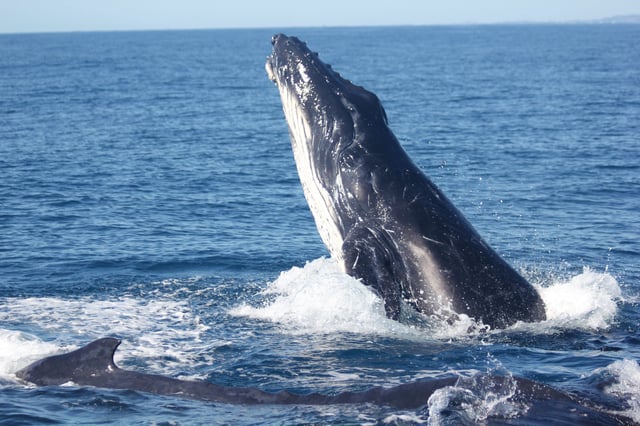Overview
- University of Queensland scientists confirmed that since 2021 humpback whales have been leaving breeding grounds three weeks earlier, shifting peak southward migration from early October to mid-September.
- Analysis links the timing change to a marked post-2020 decline in Antarctic sea ice, which diminishes algae growth and slashes krill populations.
- Eastern Australian humpback numbers have rebounded from about 300 in the 1960s to nearly 40,000 today, raising concerns that growing demand may outstrip krill supply.
- Researchers have observed similar earlier returns in Western Australia and South America, indicating a broader response to warming oceans.
- Ongoing studies aim to determine whether the timing of the whales’ northward migration has also shifted in response to changing feeding conditions.


